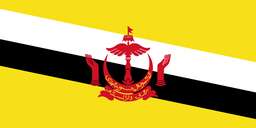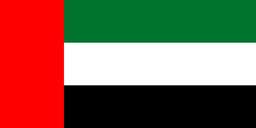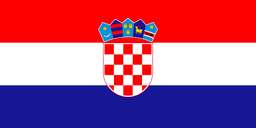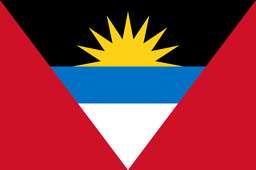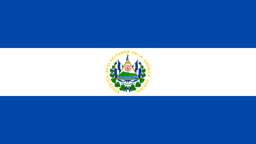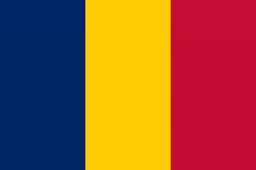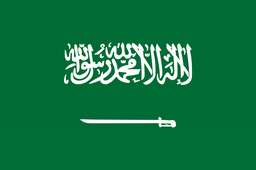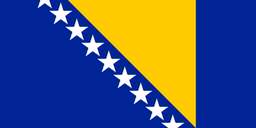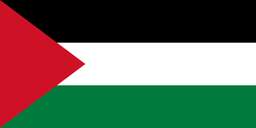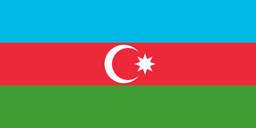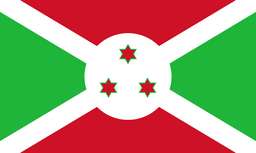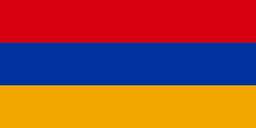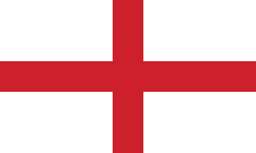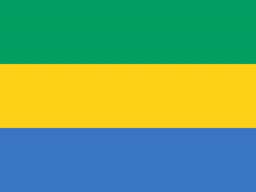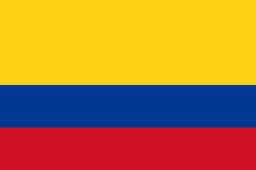Stunning island nation Cuba is found in the Caribbean Sea. Its rich history runs back thousands of years. The first to live on the island were the Taíño, the original people of Cuba.
Spanish Colonization
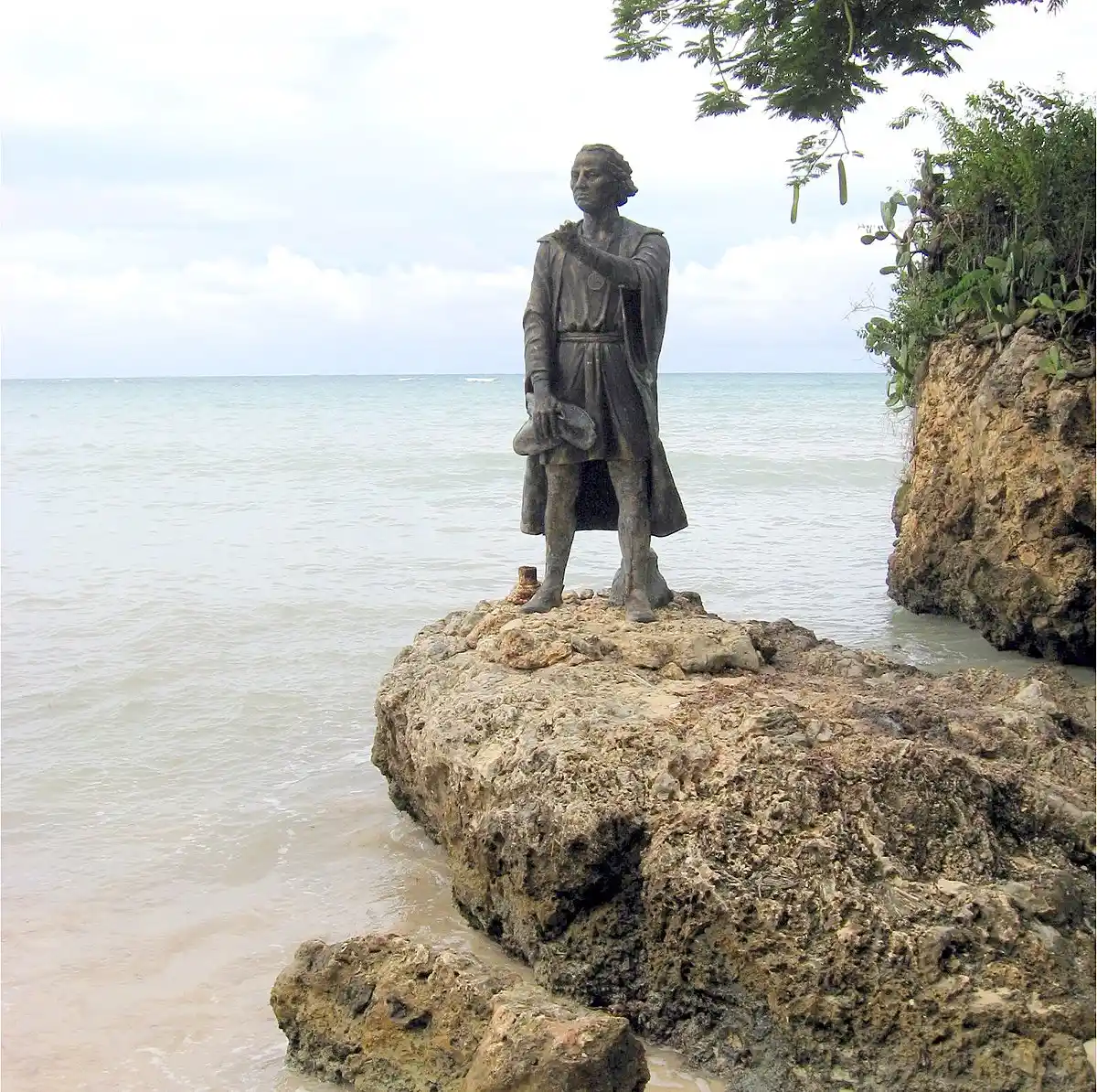
Arriving in Cuba during his first trip to the Americas in 1492, Christopher Columbus claimed the island for Spain; he established a Spanish colony around 400 years ago. Many Africans were transported to Cuba as slaves to labor on sugar estates at this period. Diseases brought by the Spanish colonists seriously disrupted the Taíño population and finally caused their extinction. As a result, more African slaves were then sent to Cuba to labor on the estates.
Spanish-American War
Starting with the explosion of an American cruiser in Havana port, the Spanish-American War ran alongside the Cuban War of Independence. Cuba acquired its freedom in 1902 when the United States entered the war and routed Spain. But this independence came with a great cost: the United States imposed the Platt Amendment, giving it authority over Cuba's foreign policy and enabling it to meddle in Cuban affairs whenever it saw fit.
Revolution and Communist Rule
Following a national revolution against Fulgencio Batista, Fidel Castro came to lead Cuba as a communist in 1959. Strong ties maintained by Cuba and the Soviet Union under his direction led to Cold War tensions. Seeking CIA sponsorship for a 1961 Cuba invasion, anti-communist expatriates. But this backfired and only helped to confirm Castro's leadership role.
Etymology of Cuba
Originating in the original Taíño language, the term "Cuba" denotes "where fertile land is abundant". This speaks to the rich soil and suitable agricultural conditions of the island. Christopher Columbus called the island "Juana," as well.
Independence movements
Many independence groups aiming at overthrowing foreign rule and establishing a government ruled by Cubans have emerged throughout the history of Cuba. The ruling authorities sometimes responded violently and with opposition to these movements. One such movement headed under the command of revolutionary Jose Marti was the Cuban War of Independence (1895–1898). At last, from this battle, Cuba's freedom from Spain in 1902 occurred. Under Fidel Castro, the Cuban Revolution (1953–1959) also famously bestowed communist power over Cuba by overthrowing despot Fulgencio Batista.
Republic (1902–1959)
Cuba created a republican government, including elected officials, following its independence from Spain. Still, there was ongoing political strife and government corruption that resulted in multiple leadership changes. Cuba's economy at this period was mostly dependent on agriculture, more especially sugar output. The rich landowners and the laboring class became rather far apart as a result.
First years (1902–1925)
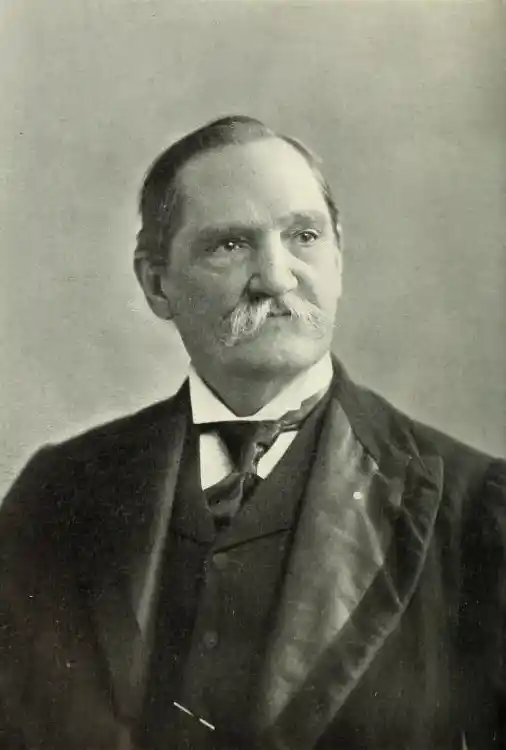
Tomás Estrada Palma, was Cuba's first president. The United States kept exerting a major impact on Cuban affairs and even made military interventions multiple times. White Cubans and Afro-Cubans started a revolt known as the "Race War" in 1912. Thousands of people died as the government violently quashed it.
Gerardo Machado dictatorship (1925–1933)
Arriving in control of Cuba in 1925, Gerardo Machado rapidly instituted a dictatorship. He put laws supporting the rich into effect, therefore stifling political opposition. Wide-ranging demonstrations and strikes against his leadership resulted in a coup in 1933, forcing him into exile.
Revolution of 1933–1940
Machado's government was replaced with a new one following the 1933 coup, therefore ending his rule. This was fleeting, though, as political turmoil persisted and another revolution in 1940 resulted. Political ideas and leadership saw significant changes during this time, including the ascent of Fulgencio Batista, who would finally turn into a tyrant.
Constitution of 1940
Designed to provide Cuba with a more democratic government, the 1940 Constitution comprised clauses pertaining to women's suffrage, labor rights, and land reform. But Batista annulled this constitution during a military coup upon assuming power in 1952.
Batista regime
Abuse of human rights, censorship, and corruption define Batista's regime. He also strongly supported the United States and allowed American companies to be rather visible in Cuba. Widespread discontent among the Cuban people resulting from his dictatorship set off the Revolution headed by Fidel Castro.
Fulgencio Batista dictatorship (1952–1959)
The United States government helped him as he let American companies flourish in Cuba. However, corruption and political opposition suppression defined his regime. This caused much unhappiness among the Cuban people and finally inspired the Revolution there.
Revolutionary government (1959–present)
Following the triumph of the Cuban Revolution, Fidel Castro arrived to lead Cuba and set up a communist government. This signaled a dramatic change in Cuba's political and financial scene. Under Castro, Cuba developed close relations with the Soviet Union and carried out socialist programs, including nationalizing businesses and allocating land to the underprivileged.
Foreign interventions (1971–1991)
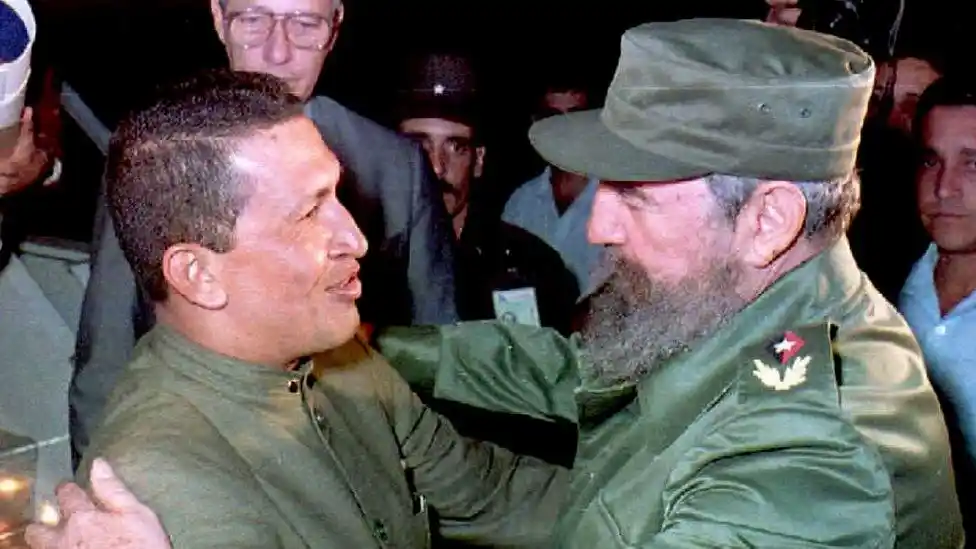
Over the 1970s and 1980s, Cuba took part in many international events, most famously in Africa. To back Marxist governments, Cuba sent troops to Angola and Ethiopia, souring ties with the US. Cuba lost a big ally and its main source of money when the Soviet Union fell apart in 1991. This had a major impact on Cuba's economy and set off a period of financial crisis sometimes known as the "Special Period".
Political readjustments (1991–present)
Cuba changed politically and economically in the 1990s and early 2000s in an effort to adjust to the loss of Soviet support. Among these were enabling foreign investment and restricting private business. Still, the government kept strict control over most facets of life and kept stifling political opposition.
Geography
Located between the North Atlantic Ocean and the Caribbean Sea off Cuba, the biggest island in the Caribbean. Apart from more than 4,195 smaller cays and islands, there exist other archipelagos like Isla de la Juventud. Mostly flat or rolling plains, Cuba's topography features minor hills and mountains in the southeast. Besides its 5,000 kilometers of coral reefs and beautiful beaches, Cuba has tropical weather with mild winters and torrid summers. The country is dry from November to April and moist from May to October.
Climate
Cuba boasts a rich culture, mild temperatures, and lovely beaches. Always somewhat humid; average temperature is 25°C (77°F). Of May's–October, September is the wettest month. November–April is the dry season; January and February are the coldest.
Biodiversity
Six thousand animal and plant species abound in Cuba's environment. Along with threatened species, including the Hutia and the Cuban crocodile, it boasts the most mangroves in the Caribbean. Deforestation, human development, pollution, and climate change all endanger national biodiversity. Even though its biodiversity needs additional protection, the government has protected its natural resources.
Politics and government
Cuba is a one-party socialist state in which the Communist Party of Cuba exercises complete political authority. Including individuals from the State Committee and Council of Cabinet Members chosen by the party, the president heads both the state and government. Starting January 2008, Raúl Castro, brother of Fidel Castro, has been running the nation. Castro has declared, however, that he wants to leave in 2021, implying Cuba may experience a change of administration.
Administrative divisions
There are fifteen provinces in Cuba, together with one special municipality. Municipalities within the provinces serve local government needs through further division. Every province has a provincial assembly and a governor in charge of carrying out national policy and handling provincial resources.
Foreign relations
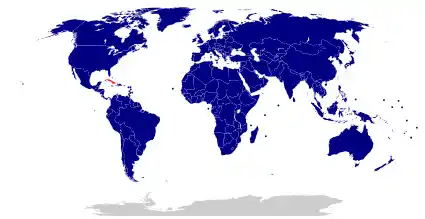
Cuba's relationship with the United States dominates its foreign policies. Under the US embargo, Cuba has become rather close to other communist countries, particularly China and Russia. Recent years saw Cuba also enhance ties with other Latin American countries and join international organisations such as the United Nations and the Non-Aligned Movement.
Law enforcement
Preserving law and order inside the country is the responsibility of the Cuban police force under the Ministry of the Interior. Whereas the State Security Department (DSE) watches political dissidents, the National Revolutionary Police Force (PNR) manages domestic security.
Human rights
Human rights records of Cuba have attracted criticism, particularly on political opposition and freedom of expression. The government limits internet access and oversees every media source. Political opposition is unacceptable; many of the dissidents suffer harassment or jail from the authorities. Cuba has made strides in sectors including healthcare and education, though it has a high literacy rate of 99.8% and a well-developed healthcare system offering free services to all people.
Economy
With the government owning and running most of the businesses, Cuba's economy is essentially under state control. Up until the fall of the Soviet Union, Cuba's main source of wealth was agriculture, especially sugar output. Travel has now grown to be a major factor influencing the national economy. Trade sanctions and US policies have hampered economic progress.
Military
Including around 51,000 active personnel, the Cuban Revolutionary Armed Forces (FAR) is the military force of Cuba. Among Latin American militaries, it is one of the biggest and most modern ones. Under Castro, the FAR concentrated on helping revolutionary movements abroad and resisting possible US attacks. But in recent times, its focus has turned to disaster relief and international peacekeeping operations.
Resources
Cuba boasts few natural resources; the main source of revenue is agriculture. Among the main exports from the country are substantial amounts of nickel and cobalt. Particularly in wind and solar energy, the nation is developing its renewable energy sector to lower dependency on fossil fuels and promote environmentalism.
Tourism
Travel is the main business in Cuba with its nice temperature, breathtaking beaches, and rich culture, drawing millions of tourists. The nation features an advanced tourism scene with hotels and resorts by the beaches. Varadero and other coastal towns draw sunbathers, but Trinidad and Havana are cultural attractions.
Demography
In 2020, Cuba had 11.33 million people, mostly African-Europeans. Low fertility and an ageing population of the nation raise questions over potential manpower shortages. To solve these problems, the government has developed programs meant to encourage immigration and reward childbearing.
Languages
Over 90% of Cubans speak Spanish, the official language of their country. Its colonial past does, however, also result in notable minorities speaking English, French, and Haitian Creole.
Religion
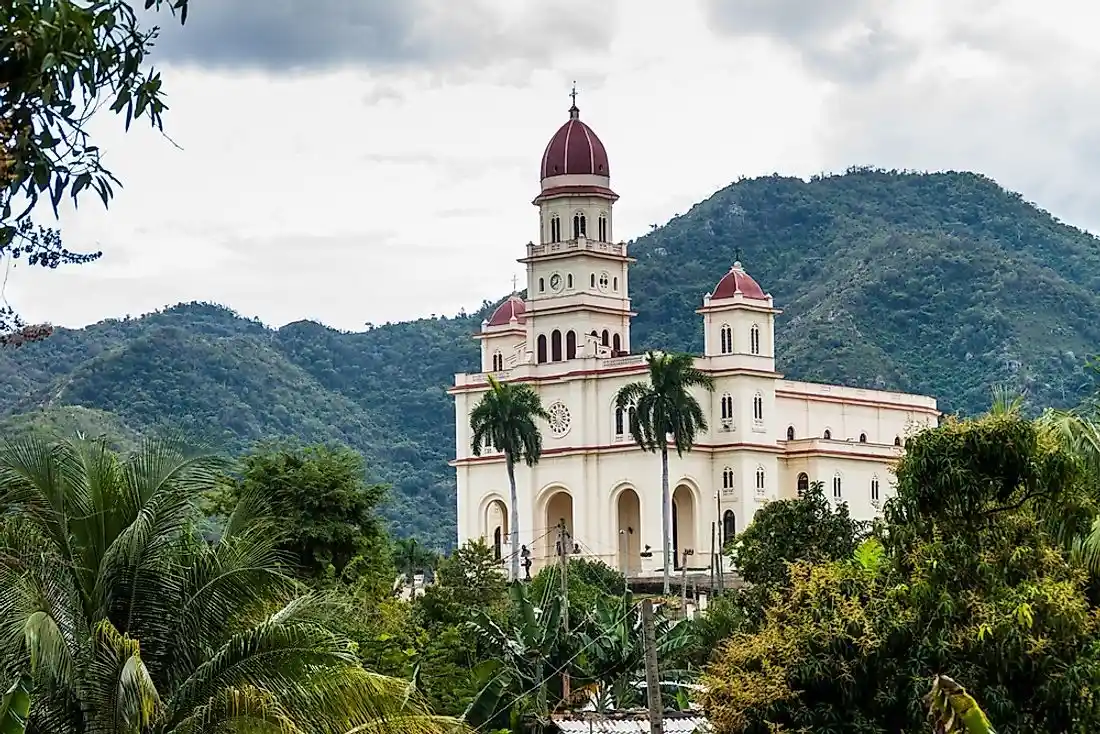
Cuba is a mostly Christian nation; the Catholic Church is the most common denomination. However, years of communist control have resulted in more nonreligious beliefs. The government guarantees religious freedom, but also controls religious groups' activities and watches them.
Education
All children between the ages of six and sixteen have free and obligatory education in Cuba. The nation boasts a high literacy rate, so education is given first importance. With various renowned universities and technical colleges all throughout the nation, the government has also substantially funded higher education.
Health
Cuba boasts a universal healthcare system whereby any person can get free medical treatments. Compared to other emerging nations, the nation enjoys low infant mortality rates and a great life expectancy. Preventive care is highly valued by the government, and it has also achieved major progress in fields such as biotechnology and vaccination research.
Music
Music penetrates Cuban culture from salsa, son, and rumba, both inside and outside of Cuba. Celebrated mostly in the late 1990s, the Buena Vista Social Club—a group of vintage Cuban musicians—helped to spread Cuban music to a global audience.
Dance
Local dances from Cuba consist of salsa, mambo, and cha-cha-cha; dancing is also fairly important in Cuban society. Ballet is also rather popular in Cuba; among the most famous dance organizations worldwide is the National Ballet of Cuba.
Sports
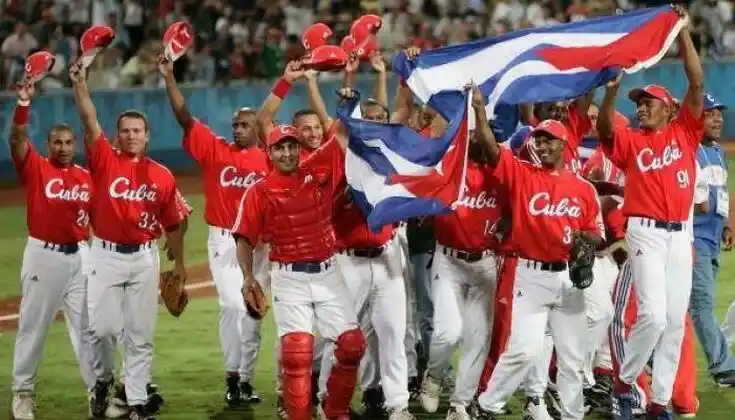
In Cuba, great national teams with several Olympic gold medals play baseball most regularly. Among other prominent sports are boxing, volleyball, and football (soccer). Furthermore, hosted annually by the country is the Marabana International Marathon.




